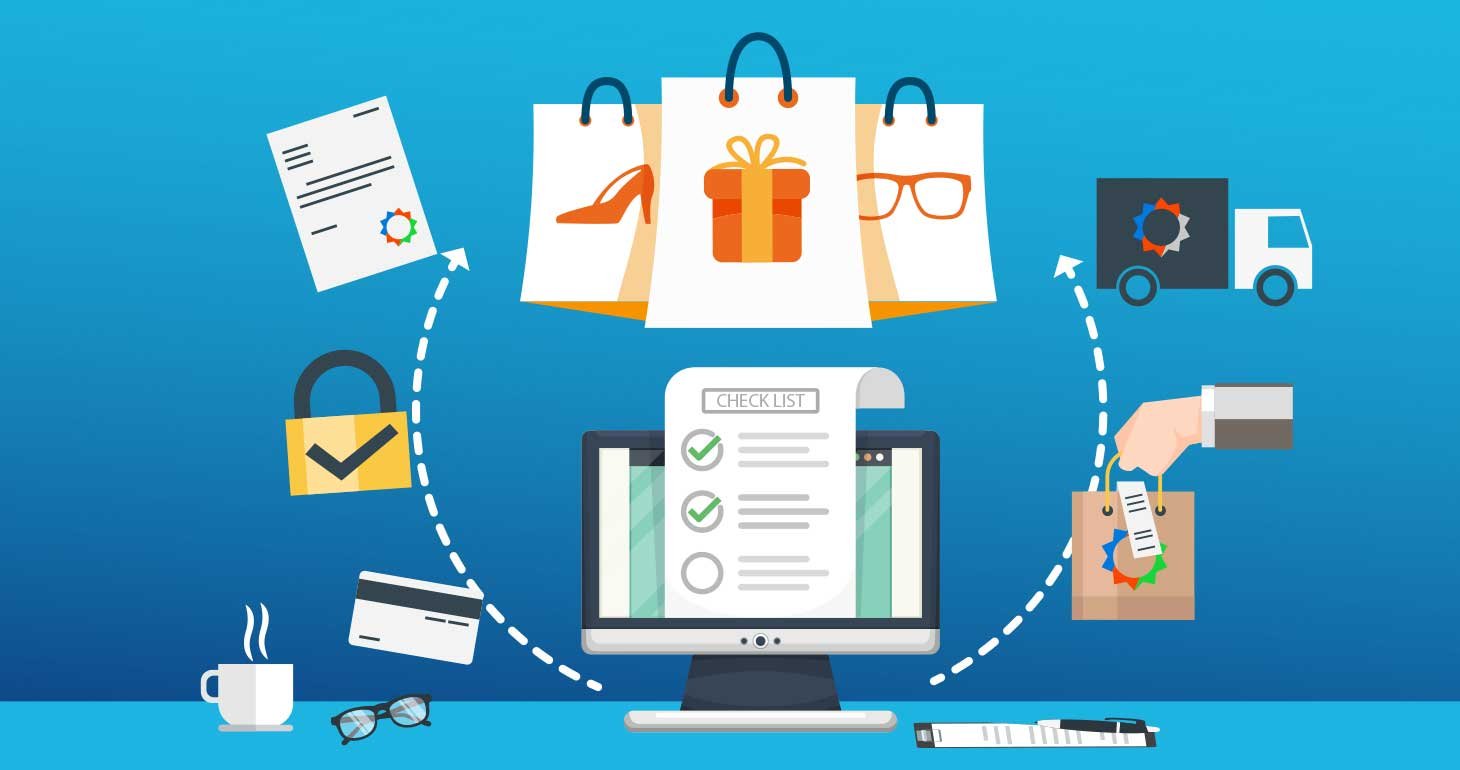Crafting an eCommerce website takes more than just uploading product images and adding a shopping cart. It’s about building a seamless experience that attracts customers, encourages purchases, and fosters loyalty. To get it right, you need a structured plan—and that’s where a solid eCommerce website development checklist comes in.
If you’re setting up an online store, this guide will walk you through the essential steps to ensure your website is ready for success.
Why You Need a Step-by-Step Approach
Without a clear plan, eCommerce website development can quickly become overwhelming. Small details—like site speed or user navigation—might slip through the cracks, costing you time, money, and potential sales. A checklist helps streamline the process, ensuring you:
- Focus on important features.
- Stay on track during development.
- Deliver a high-performing website for your audience.
Whether you’re targeting a global audience or focusing on specific markets like e-commerce Kuwait, these steps will guide you in the right direction.
The eCommerce Website Development Checklist
1. Understand Your Audience and Define Your Goals
Before diving into technical details, take time to define your audience and business objectives. Knowing your target customer will influence everything—from design to marketing strategies.
Consider these questions:
- Who are your customers?
- What challenges are you solving for them?
- How do you want your brand to stand out?
For example, a local e-commerce Kuwait store might emphasize features like regional payment options or Arabic language support to connect better with its audience.
2. Pick the Right eCommerce Platform
Choosing the right platform is a critical decision. Whether you go with Shopify, Magento, WooCommerce, or BigCommerce, the platform should match your business size, growth plans, and technical expertise.
Key considerations:
- Does it support multiple payment gateways?
- Can it scale as your business grows?
- Is it easy to customize and manage?
Platforms like Shopify are great for beginners, while Magento suits businesses needing extensive customization.
3. Prioritize Mobile-Friendly Design
Mobile shopping is huge, and your website needs to look and work great on all devices. A responsive design adapts to different screen sizes, ensuring a smooth experience for mobile users.
Why it matters:
- Most online shoppers use smartphones.
- Google favors mobile-friendly sites in search rankings.
4. Make Navigation Simple and Intuitive
The easier it is for customers to find products, the more likely they are to buy. Poor navigation frustrates users, leading them to leave your site.
What to include:
- A clear menu structure.
- A search bar with filters (e.g., price, color, size).
- Breadcrumb trails to help users track their location.
For example, an SEO company in Dubai often focuses on improving navigation for better search rankings and user retention.
5. Secure Your Website with HTTPS
Customers need to trust your site before they’ll make a purchase. Adding an SSL certificate (indicated by HTTPS in your URL) encrypts sensitive information like credit card details, protecting users from fraud.
Why it’s crucial:
- Builds trust with visitors.
- Improves your Google rankings.
6. Optimize Page Load Speeds
A slow website is one of the quickest ways to lose customers. Studies show that even a one-second delay can reduce conversions by 7%.
Steps to improve speed:
- Compress images to reduce file sizes.
- Use a reliable hosting service.
- Minimize the use of heavy plugins or scripts.
7. Integrate Secure and Convenient Payment Gateways
Your checkout process should be easy, and secure, and support multiple payment options. Popular gateways include PayPal, Stripe, and local options for specific markets.
For businesses focusing on e-commerce in Kuwait, offering region-specific payment solutions can enhance trust and convenience for local shoppers.
8. Create High-Quality Product Pages
Your product pages should provide all the information a customer needs to make a decision. Poorly designed pages can lead to confusion and abandoned carts.
Include:
- Clear, high-quality images with zoom functionality.
- Detailed product descriptions, including dimensions and materials.
- Customer reviews and ratings for social proof.
9. Use SEO Best Practices
SEO isn’t just about getting traffic; it’s about attracting the right traffic. Follow these practices to rank higher on search engines:
- Use relevant keywords in titles, descriptions, and headers.
- Optimize images with alt text.
- Create content that answers user queries.
For example, an SEO company in Dubai may focus on optimizing websites for both local and international customers, ensuring maximum visibility in search results.
10. Set Up Analytics and Tracking
You can’t improve what you don’t measure. Analytics tools like Google Analytics provide insights into user behavior, traffic sources, and conversion rates.
What to track:
- Bounce rates.
- Cart abandonment rates.
- Popular products and pages.
Use these insights to refine your strategies over time.
FAQs
1. What is an eCommerce website development checklist?
It’s a step-by-step guide to ensure that every essential feature is included in your eCommerce site, from user-friendly design to SEO optimization.
2. Why is mobile responsiveness important for eCommerce sites?
Most online shoppers use smartphones, so a mobile-friendly design ensures a smooth shopping experience and improves your site’s ranking on Google.
3. How can I optimize my eCommerce site for search engines?
Focus on using relevant keywords, creating high-quality content, and optimizing images. You can also work with an SEO company in Dubai to enhance your visibility.
4. What payment gateways should I use for a Kuwait-based eCommerce site?
For e-commerce Kuwait, consider options like KNET, PayPal, and other regional payment solutions to meet local customer expectations.
5. How does SSL impact my eCommerce website?
SSL encrypts sensitive data, such as credit card details, making your site more secure and trustworthy for customers.
Conclusion
Developing a successful eCommerce website requires careful planning and attention to detail. By following this eCommerce website development checklist, you can ensure that your site is well-designed, secure, and optimized for conversions.
Whether you’re targeting a local audience with e-commerce in Kuwait or working with an SEO company in Dubai to expand globally, these steps will set you up for success. Focus on creating a user-friendly, personalized experience, and you’ll build a site that customers love to visit and recommend.











